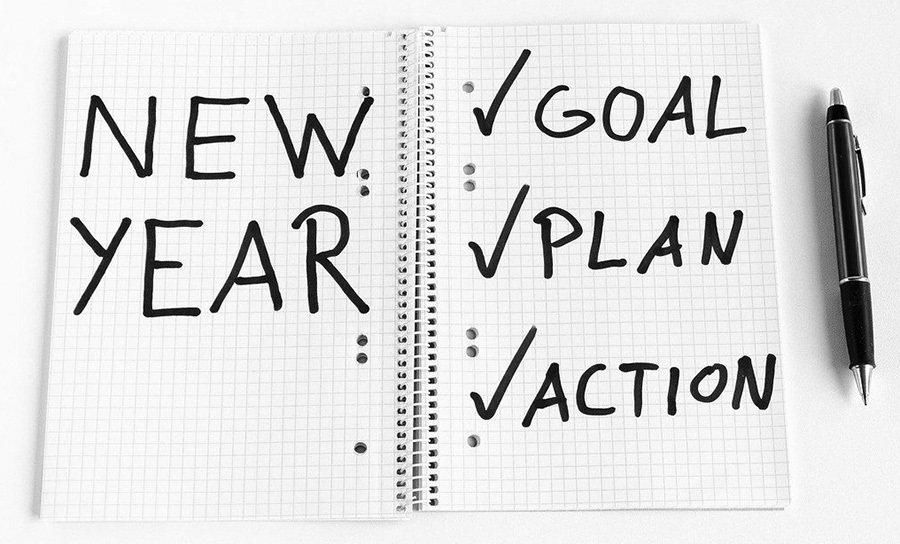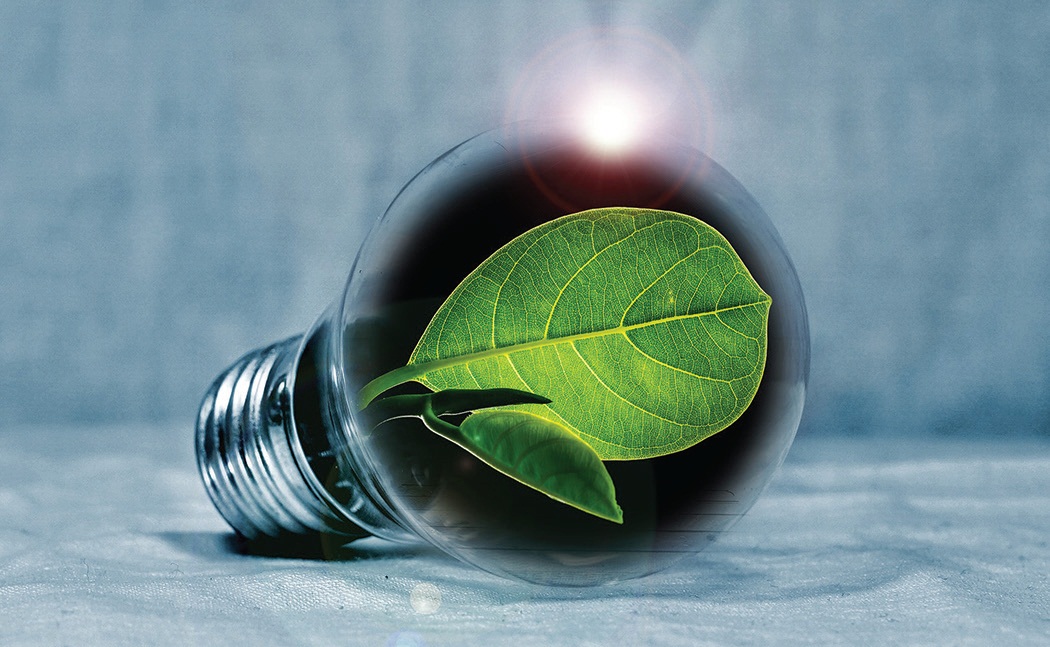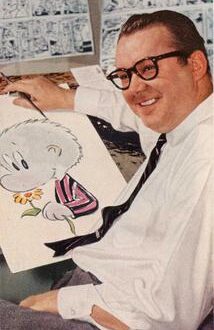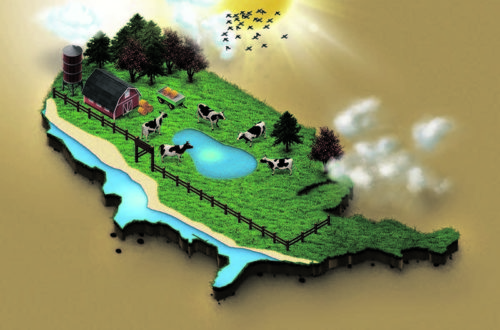I want to be able to look young people in the eye and say that their future was worth making some changes to my personal actions.
Along with the new year, comes time for reflection and new resolutions. Once again, it is time for us to pause and evaluate what has been in the back of our minds, perhaps something that has been trying to get our attention for a while. For me, this season is just right for taking stock, with its darkness illumined by candlelight, or a fire in the fireplace, a cup of tea – time for contemplation. What would I like to accomplish? What do I need to be pay attention to?
Making behavior changes takes a certain amount of attention and resolve. While my permanent resolution is always to lose weight and exercise more, this year I’ve decided that I’m going to think larger (no, I don’t mean to gain weight). Climate change has been getting the majority of my attention, so I am going to work on my climate impact, and by learning more about the consequences of my choices and behaviors. I want to be able to choose smarter, more informed options. I want to think larger than myself since we are all in this together, and by we, I mean all life. Plus, I want to know that I am making a difference, that I am thinking beyond my own small circle of influence. I want to look young people in the eye and say that their future is worth making some changes to my personal actions.
Sometimes It is hard to see that we are all interconnected, that we are obligated to each other, and to all of Nature, or that if natural systems fail, we all go down together. It is also difficult to grasp that everything we do has an effect – either positive or negative – and that our actions matter.
Deep down, we’ve probably always known this, but that’s not always so simple in our hectic lives. Plus, some voices tell us that one individual’s actions can’t make a difference. Humbug! If you stop doing something that causes harm, that makes a difference, and if enough of us stop causing harm, think of the changes that will come about. Now we have an excellent opportunity to choose to demonstrate that our choices and actions do matter.
I have had the good fortune to serve on the curriculum committees for many of the discussion courses for Northwest Earth Institute (now re-branded as Eco-Challenge). We previewed articles for use in the course books. All that reading opened my eyes and my mind to that interconnectedness that I have referred to. It also provided me with the that I needed to understand that my behaviors have an effect well beyond myself. That was our motivation for reducing our garbage – we understood that everything we threw away was extracted from the planet and went into a hole in the ground forever and that we humans were using up the planet’s resources faster than they could be regenerated. It took us several years, but we have reduced our household trash to just one 32-gallon can annually since 2006.
Sometimes it’s a challenge to realize how our daily habits affect climate change. What actions do you notice yourself and others doing that seem wasteful? How do we even know what is truly wasted beyond what goes into the garbage can? Who knew that plastics in contact with food and beverages can disrupt our hormones? Or that synthetic clothing is made from fossil fuels, most of which release microplastic pollution into the water when they’re laundered? Or that streaming an online video uses considerable energy that may be coal-powered. Or that all the shipping of goods across the oceans is increasing ocean acidification due to the pollution caused by the ships’ dirty fuel. Unfortunately, this certainly isn’t common knowledge. How do you compare the trade-offs between convenience and impact? By looking further and deeper to find the connections.
Our book group just finished reading Inconspicuous Consumption: The Environmental Impact You Don’t Know You Have by Tatiana Schlossberg. She divides the book into four sections: Technology and the Internet, Food, Fashion, and Fuel. I learned a lot more about these topics. It was of mind-boggling, eye-opening and upsetting. Yet it was also empowering because, with a deeper understanding, you realize that changing your behavior is important and makes a difference. With more information, one can do something. Now that I know more, I want this year’s resolutions to reflect my new awareness, so I can make Green Resolutions.
So how does one go about making Green Resolutions? By asking yourself some questions. What matters most to me? What do I need to learn? Who can I help? What am I good at? Tatiana Schlossberg writes: Living in a way that honors your values is important, even if your personal habits aren’t going to fix everything. We need to remember what is at stake and the small sacrifices that we make may help us do that if you need reminding. If we know what our sacrifices mean, and why they might matter, we might be more willing to make them.
I’ve been deciding what changes I can make going forward. Here are two of my resolutions:
1. I will be even more aware of my clothing purchases. I don’t buy many clothes now that I’m retired. I have plenty of clothes, some from the 80s and 90s that I still wear; it pays to buy good quality. These days I mostly shop resale and thrift stores, but occasionally I will buy something new, though almost never at full price. However, now that I have read about the many impacts of the fashion industry, I will research the brands and their practices, as well as how the fabrics are made and what they are made of. I learned that the boom in cashmere production, while making it more affordable for middle-class purchasers, has led to desertification and climate change in Mongolia. I also learned that fabric production consumes huge amounts of water, and releases toxic dyes into rivers.
2. I’m still pretty old school when it comes to shopping for things. I prefer to go to brick-and-mortar stores because I like to see an item in person to decide if it meets my needs. I also like to support local businesses so they don’t disappear. But occasionally I/we order something that needs to be shipped. Having learned about the environmental costs of convenience and the air pollution caused by trucking (about 20 percent of all transportation emissions), and because I live just above I-5 near the Terwilliger curves and see soot on my windowsills all the time, I will make a serious effort to avoid ordering merchandise to be shipped to me.
Another point that concerns me is that those who create the pollution – be it from generating energy or drilling for oil, or manufacturing single-use plastics, or oil spills, or toxic waste, to name just a few – aren’t the ones who pay for the true costs. The companies that are profiting need to be responsible for their products and consumers need to hold them accountable. So, my final resolution is that I will speak up: I will write to those businesses, I will (continue to) sign petitions, and I will join in actions.
These could lead to a Green Revolution. Now that’s a New Year to celebrate.

Betty Shelley, and her husband, Jon, have filled only one 35-gallon can of garbage per year since 2006. In her three-session class, “Less is More: Getting to One Can of Garbage a Year”, Betty Shelley teaches her techniques for reducing waste.
For more info: Reduce Your Waste Project






